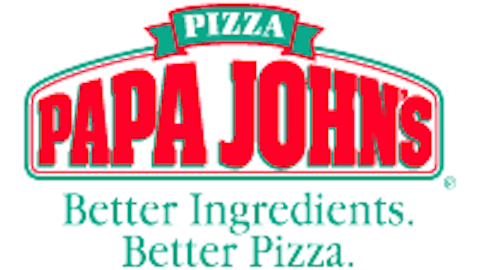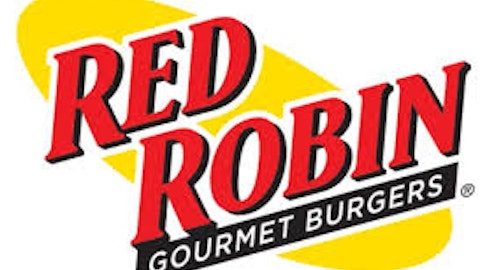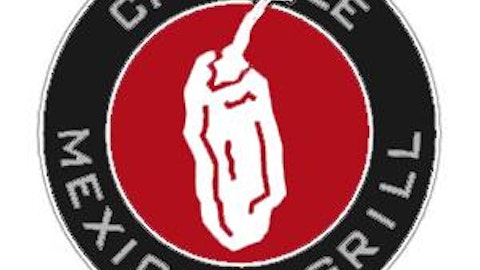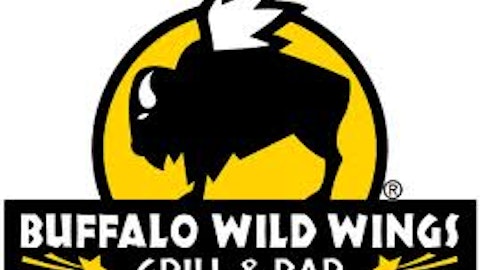It makes perfect sense to pay a premium for outstanding performance. Superior performers are rewarded in all walks of life from sports, to sales, to stock analysts. Unfortunately, some investors get so enamored with certain stocks that they continue to pay a premium even when the results no longer warrant the price they are paying. If you own BJ’s Restaurants, Inc. (NASDAQ:BJRI) you need to look at the company’s results and ask yourself, is this premium performance?

If you look at the BJ’s Restaurants, Inc. (NASDAQ:BJRI) story, on the surface it seems like there is opportunity here. The company only operates about 136 restaurants, so in theory it has plenty of room to grow. Analysts are calling for EPS growth of better than 17% over the next few years as well.
However, when you dig a little deeper into the company’s results, there are serious problems with this growth story. Not the least of these issues is that BJ’s Restaurants, Inc. (NASDAQ:BJRI) faces serious competition that has better name recognition, and in many cases superior financial performance as well.
Some of the companies that BJ’s counts as competition are names like Brinker International, Inc. (NYSE:EAT), which owns the Chili’s and Maggiano’s chains. Darden Restaurants, Inc. (NYSE:DRI) is another established competitor with names like Olive Garden and Red Lobster. In addition, it makes sense to compare BJ’s Restaurants to faster-growing concepts like Buffalo Wild Wings (NASDAQ:BWLD).
One of the biggest issues with the BJ’s Restaurants, Inc. (NASDAQ:BJRI) story is the company’s margins are significantly lower than their competition, and they are falling on a year-over-year basis. Among their peers, Brinker International, Inc. (NYSE:EAT) leads the way with a recent operating margin of 10.68%. Darden Restaurants, Inc. (NYSE:DRI)’s established network of restaurants performed well with a margin of 8.4%, and even Buffalo Wild Wings (NASDAQ:BWLD) managed a margin of 7.88%.
By comparison, BJ’s was only able to post a margin of 5.9% in the current quarter. To make matters worse, this was down from a 6.8% margin last year. The main culprit was the company’s occupancy, and operating expenses increased from 20.5% of total sales last year to 21.6% of total sales this year. This increase could mean that BJ’s Restaurants, Inc. (NASDAQ:BJRI) is paying too much for its new locations, or that the company isn’t being aggressive enough in negotiating better terms for its current leases. In either case, BJ’s margin woes are a red flag for the chain.
Lower margins = lower cash flow
It’s pretty simple to understand that a business with lower margins will more often than not produce lower free cash flow than a competitor with better margins. It should come as no surprise that BJ’s Restaurants, Inc. (NASDAQ:BJRI) lower margins meant a significantly worse cash flow profile than their peers.
To compare companies’ cash flow statements, using core free cash flow per dollar of sales gives us a good apples-to-apples comparison. Core free cash flow strips away some of the accounting changes and uses just net income, plus depreciation, minus capital expenditures. By comparing core free cash flow to sales, we can see how efficiently the company turns sales into cash that can be used by the business.





